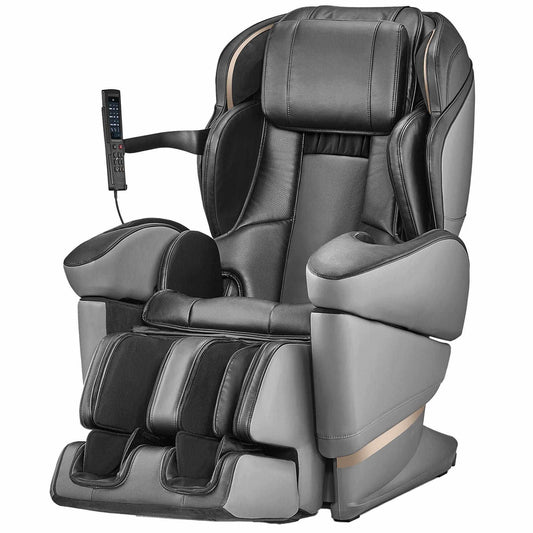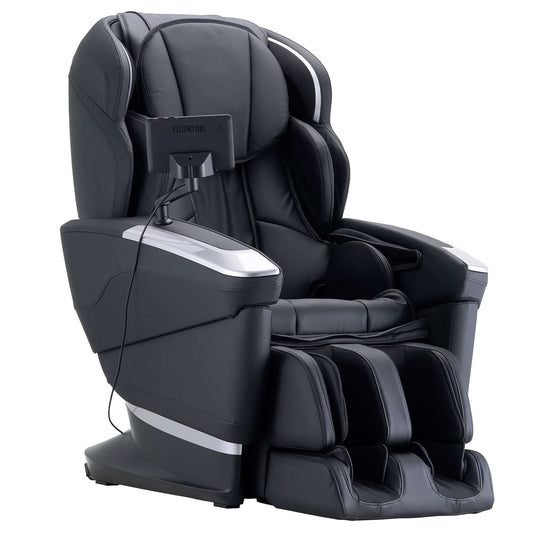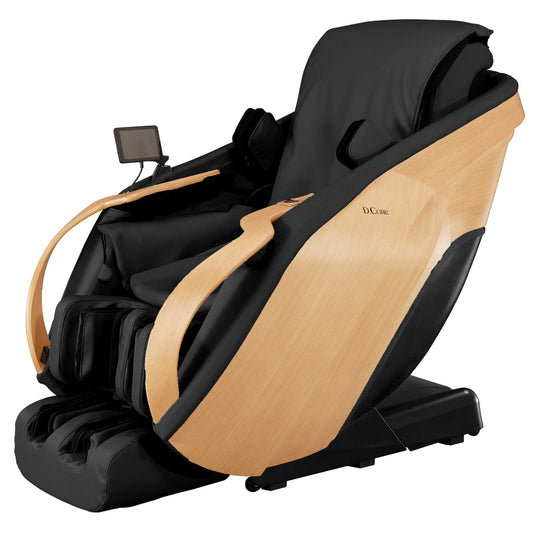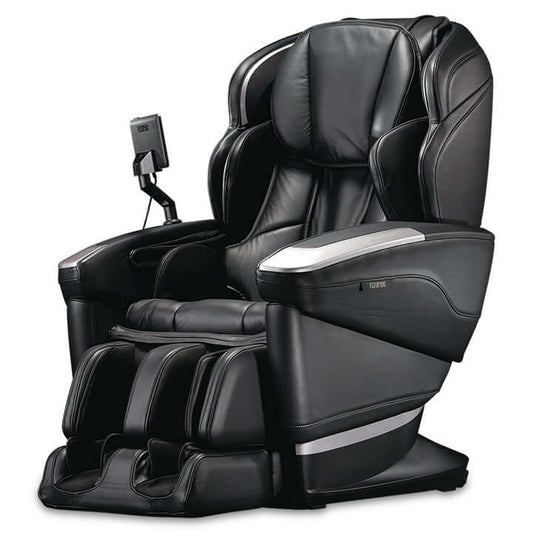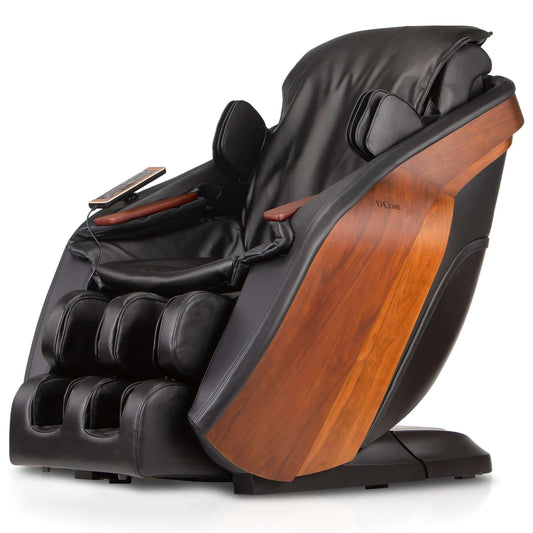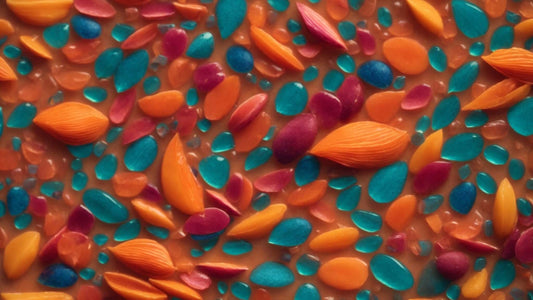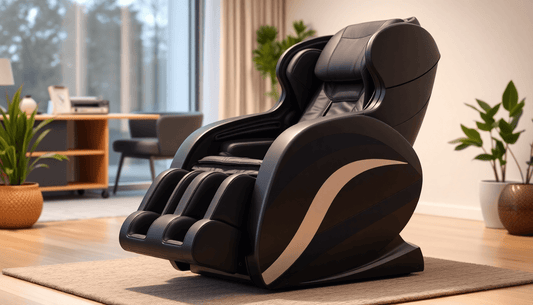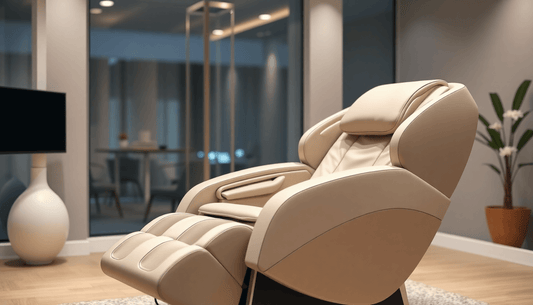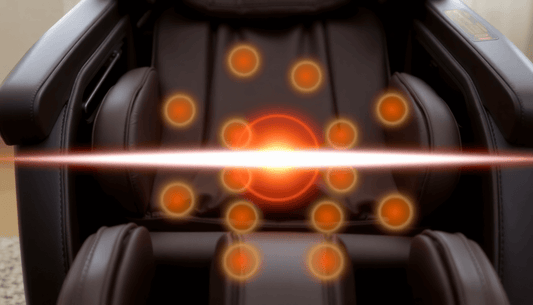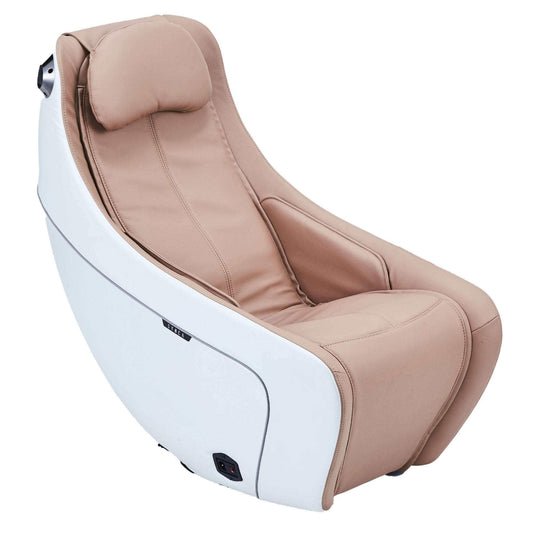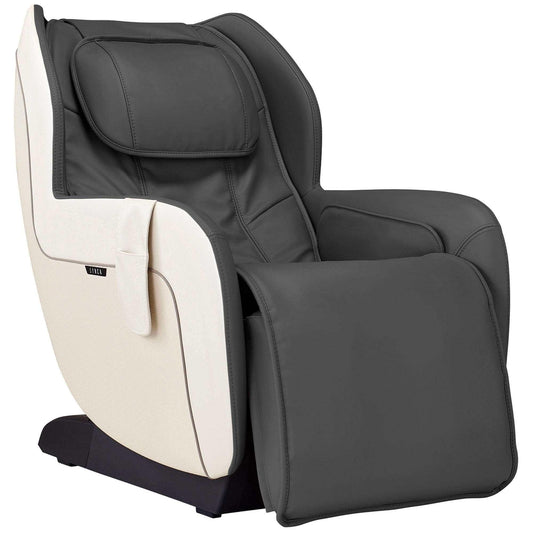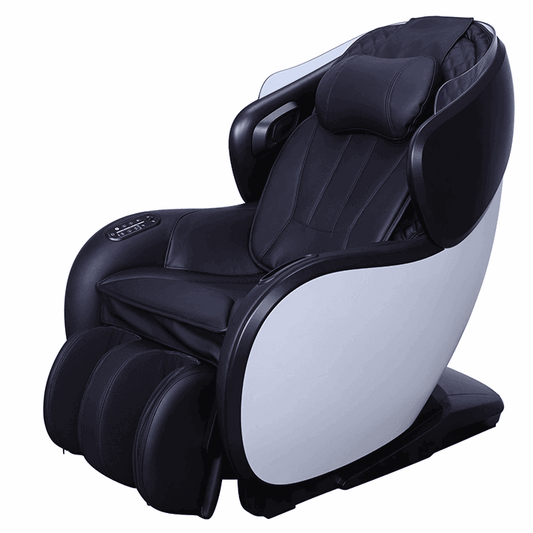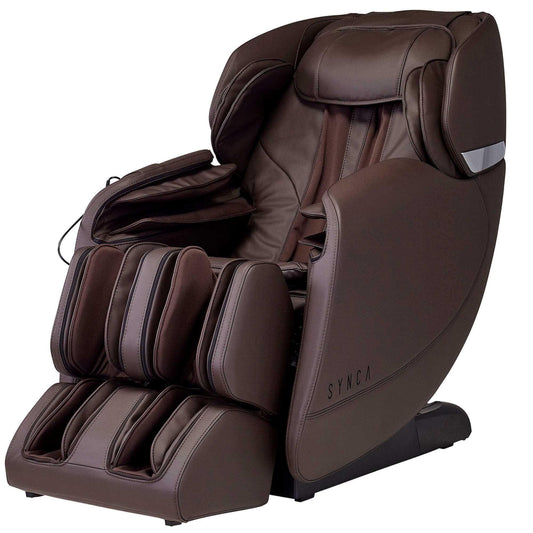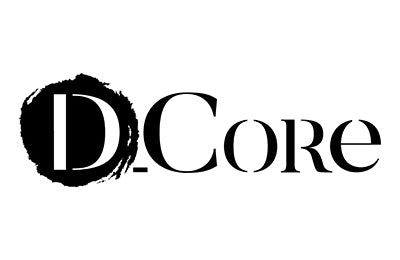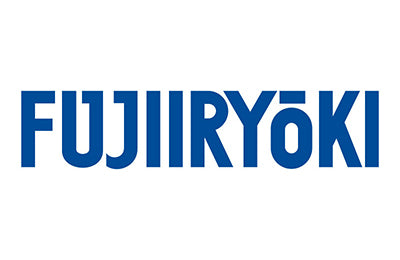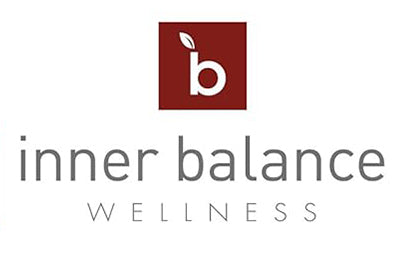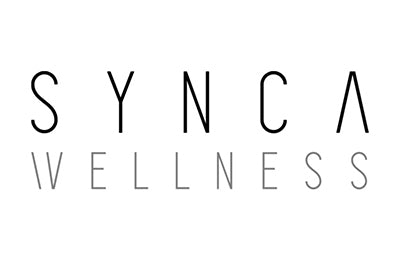
5 Ways Massage Can Alleviate Pain and Reduce Stress Fast
Introduction: The Science Behind Massage Therapy
Massage therapy works by targeting the body’s intricate network of muscles, tissues, and nervous systems. It stimulates mechanoreceptors beneath the skin, sending signals to the brain that trigger relaxation responses. This process reduces cortisol levels, a stress-related hormone, while promoting the release of endorphins, the body's natural painkillers. Improved circulation brought on by massage enhances oxygen and nutrient flow to tense areas, aiding in faster recovery. Additionally, manual pressure activates the parasympathetic nervous system, countering the fight-or-flight response. Massage also helps reduce inflammation in soft tissues by loosening adhesions and improving mobility. Through these mechanisms, massage therapy has profound therapeutic effects.
|
How Massage Helps Relieve Chronic Pain
Massage therapy can provide significant relief for chronic pain by addressing both physiological and psychological factors. It promotes better blood circulation, which helps deliver oxygen and nutrients to injured or tense muscles, aiding in their repair. Regular massage reduces inflammation by lowering cortisol levels, a stress hormone linked to pain. Techniques like myofascial release and trigger point therapy directly target contracted muscles or knots, alleviating localized pain.
Additionally, massage enhances the brain’s production of endorphins, the body’s natural painkillers, improving mood and pain tolerance. By reducing stiffness and improving range of motion, it supports long-term mobility and functional restoration.
The Link Between Stress Relief and Massage Techniques
Massage techniques play a pivotal role in stress reduction by targeting the body’s physical tension and promoting relaxation. These techniques work by stimulating the parasympathetic nervous system, which helps counteract the stress-induced responses of the body. Massage manipulates muscles to release built-up tension while boosting endorphin levels, known as the body's natural "feel-good" chemicals.
Specific methods, such as Swedish massage and deep tissue techniques, are effective in lowering cortisol levels, a hormone directly linked to stress. Additionally, rhythmic movements enhance circulation, assisting in the removal of toxins. Through consistent application, massages can significantly improve mental clarity and emotional stability.
Boosting Blood Circulation: A Key to Pain Reduction
Massage therapy plays a crucial role in enhancing blood circulation, which directly fosters pain relief. By applying pressure and rhythmic movements to muscles and tissue, massage stimulates blood flow to restricted or inflamed areas. This increased circulation delivers oxygen and nutrients more effectively while removing waste and toxins like lactic acid that accumulate from physical strain.
Improved blood flow also helps to relax tight muscle fibers and reduce tension, addressing the root cause of pain. Enhanced circulation can support faster healing in injury-prone areas and reduce inflammation. Regular massage sessions ensure sustained benefits, promoting overall physical and mental well-being.
Muscle Relaxation: Easing Tension Quickly
Massage effectively targets muscle tension, offering nearly instant relief. By applying pressure to affected areas, it helps to increase blood flow, which can flush out toxins that contribute to stiffness. Techniques such as kneading, percussion, and myofascial release loosen tight knots and realign muscle fibers.
It also stimulates the parasympathetic nervous system, prompting the body to relax and reduce involuntary contractions. Heat application during massage enhances tissue flexibility, allowing faster relaxation. For chronic tension, trigger point therapy addresses the root causes by releasing deep-seated stress.
Such methods can significantly boost physical comfort and mobility, providing noticeable improvement within minutes.
Trigger Point Therapy: Targeting Pain Sources Effectively
Trigger point therapy focuses on addressing muscle knots, also known as myofascial trigger points, which are tight areas within muscle fibers that can cause referred pain. By applying targeted pressure to these spots, massage therapists aim to alleviate tension and improve circulation. This method helps break up adhesions and restores optimal muscle function.
Trigger points are often linked to repetitive activities, poor posture, or stress. Therapists use precise techniques, such as ischemic compression or stretching, to deactivate these points. This therapy reduces localized pain and mitigates discomfort radiating to other regions, promoting better mobility and faster recovery.
Enhancing Mental Health Through Massage
Massage therapy provides significant benefits for mental health by reducing stress and promoting relaxation. It triggers the release of hormones like serotonin and dopamine, which are known to improve mood and alleviate feelings of anxiety. Regular sessions can help decrease cortisol levels, the hormone associated with stress, creating a sense of calm in the body and mind.
Key Benefits Include:
- Reduced Anxiety: Massage helps individuals manage chronic stress and tension more effectively.
- Enhanced Sleep Quality: Improved circulation and relaxation from massages support better sleep patterns.
- Boosted Emotional Well-Being: Gentle touch fosters a sense of connection and safety.
This practice supports mental resilience and emotional balance.
Promoting Better Sleep and Stress Recovery
Massage therapy stimulates the body's parasympathetic nervous system, promoting relaxation and easing stress. It boosts serotonin levels, which play a key role in regulating sleep cycles. By alleviating muscular tension and calming the mind, massage can reduce occurrences of insomnia and encourage deeper, quality sleep.
Stress recovery is enhanced as massage lowers cortisol, a hormone linked to stress, while increasing dopamine and endorphins that improve mood and relaxation. Regular sessions help to stabilize breathing and heart rates, fostering physical and mental tranquility. Transitioning into restful states becomes easier when the body feels less burdened by stress-induced tension.
Understanding Different Types of Massage for Pain Relief
Massage therapy offers various techniques tailored to address specific pain-related issues. Each type focuses on unique methods to target tension, promote circulation, and alleviate discomfort.
- Swedish Massage: This involves long, gliding strokes, kneading, and circular movements. Ideal for overall relaxation and relieving muscle stiffness.
- Deep Tissue Massage: Designed for chronic muscle pain, this method uses firm pressure to break up knots and adhesions deep in the tissues.
- Trigger Point Therapy: Concentrates on sensitive points in tight muscles. It’s effective for localized pain relief and improving mobility.
- Sports Massage: Perfect for active individuals, it aims to prevent injuries and reduce soreness in muscles post-exercise.
- Shiatsu: A Japanese technique relying on finger pressure along energy pathways to balance the body and reduce pain.
Tips for Making Massage a Regular Part of Your Wellness Routine
- Schedule Consistency: Individuals should set a recurring appointment that fits their calendar to establish a routine. Weekly or bi-weekly sessions tend to be effective for lasting benefits.
- Budget Wisely: Allocating funds for massage therapy may encourage regular visits. Informing oneself about package discounts or promotions enhances affordability.
- Explore Modalities: People can research different types of massage styles, such as Swedish or deep tissue, to identify which serves their needs best.
- Communicate Needs: Providing feedback to the therapist ensures a personalized experience, fostering a long-term relationship.
- At-Home Practices: Incorporating self-massage tools and stretching routines can complement professional massage sessions.

